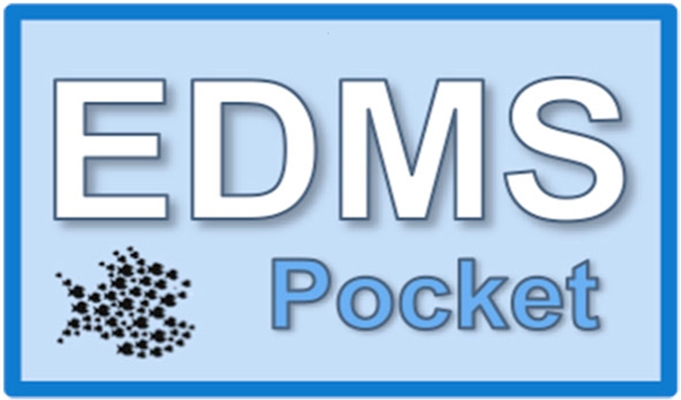For the past two decades most, if not all, documentation supporting the development, registration and marketing of pharmaceutical products has been generated in electronic format. The large companies realized very early the need for some system that would allow the management of these documents and their secure preservation. These tools were described under the acronym of EDMS (electronic document management systems). In the late 90’s the FDA published the legal frame (21 CFR part 11) for the acceptance of electronic records and electronic signatures. During the same period, an electronic communication protocol (the eCTD) based on extensible markup language (xml) was developed in the framework of ICH to allow for electronic transmission of registration dossiers and the exchange of information between sponsor companies and regulatory agencies. Electronic regulatory dossier management required the development of yet another class of tools for the assembly (publishing), transmission and viewing of these dossiers known as eSUB.
Implementing EDMS has proven to be a complex and costly exercise. In the early days only the larger companies could afford the cost of setting up and maintaining a complex network of servers and applications, training their employees and making the transition from paper to electronic records. Each company spent a lot of time, money and internal resources to determine requirements, program the software and plan the repositories structure for document classification amid lengthy discussions between departments and under the suspicious look of worried employees.
Software being what it is, an area of fast evolution, by the time these systems were in place and well understood by everyone, it was time to replace them. Some progress had been made in standardisation but in most cases replacement and most importantly migration proved to be yet another nightmare for the sponsor companies.
In this context, smaller companies were hesitant. Many resolved to wait and outsource their documentation management to CROs especially the publishing and submission part. Others managed as best they could with shared drives and internal rules. Clearly these could not ensure the level of control and security provided by the large professional-grade systems such as Documentum®.
Then something happened. Or rather some things happened. Firstly, cloud computing came into our lives. Cloud computing is different from simple storage in the cloud. It means that software such as those used for EDMS are now managed, updated, validated and maintained centrally by the vendor company and offered as SaaS (Software as a Service) to their clients. No more need for servers, IT personnel, technical administrators and the TCO (total cost of ownership) has decreased dramatically bringing these solutions within reach of even the smallest of companies while maintaining all the advantages previously reserved to the “big guys”.
And that was only the beginning. One of the leading associations of the pharma-ceutical industry, the DIA (Drug Information Association) through their network of professional benevols (which I am proud to be part of) tackled the issue of classification and produced the DIA EDM RM (Electronic Document Management Reference Model) and subsequently the TMF RM (Trial Master File Reference Model) and other branch classifications. These are now widely accepted as the standard in the industry and offered free of charge by all software vendors. The reference models have taken a huge burden off the shoulders of pharmaceutical companies saving them months of tedious work and ensuring consistency, internally but also with other companies in case of exchange of products.
Still, small companies are hesitant to cross the Rubicon. EDMS remains a cost that is not immediately perceived as essential (until the first audit that is) and when it is, the knowledge is missing to allow for selecting the right vendor and the right tools. What are the needs of the company? What are the essential functions the software must cover? Are we taking risks by moving our key documents in a new system and moreover into the cloud? There was a clear need for one additional innovation to unlock the way to EDMS for small companies: A packaged protocol for selecting the appropriate software that included a standard set of user requirements and a simple notation grid.
The DIA came to the rescue once more. Through a large collaborative effort, we have created Pocket EDMS, a standardised protocol and user requirements specification validated by a large number of professional users and accepted by the majority of software vendors as a good basis for selection. Everything an EDMS needs to do to fulfil its role is described in the simplest and more concise possible way. Dedicated sections describe specific requirements for quality documents (and soon also for trial master files management). And all for free, created by the industry and for the industry.
Lower flexible operational costs + no need for IT infrastructure + free classification models + free implementation guide = EDMS for any company is now possible.
Check the Pocket EDMS webpage and feel free to use the material posted, contact any of the participating vendors or go to the discussion forum and ask any questions you might have.

